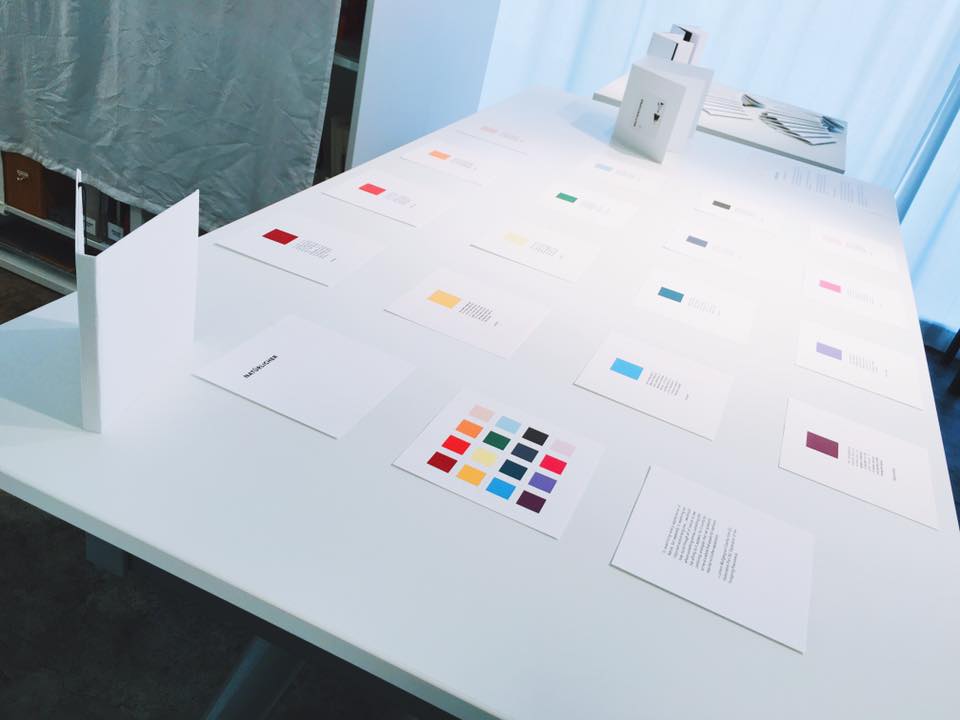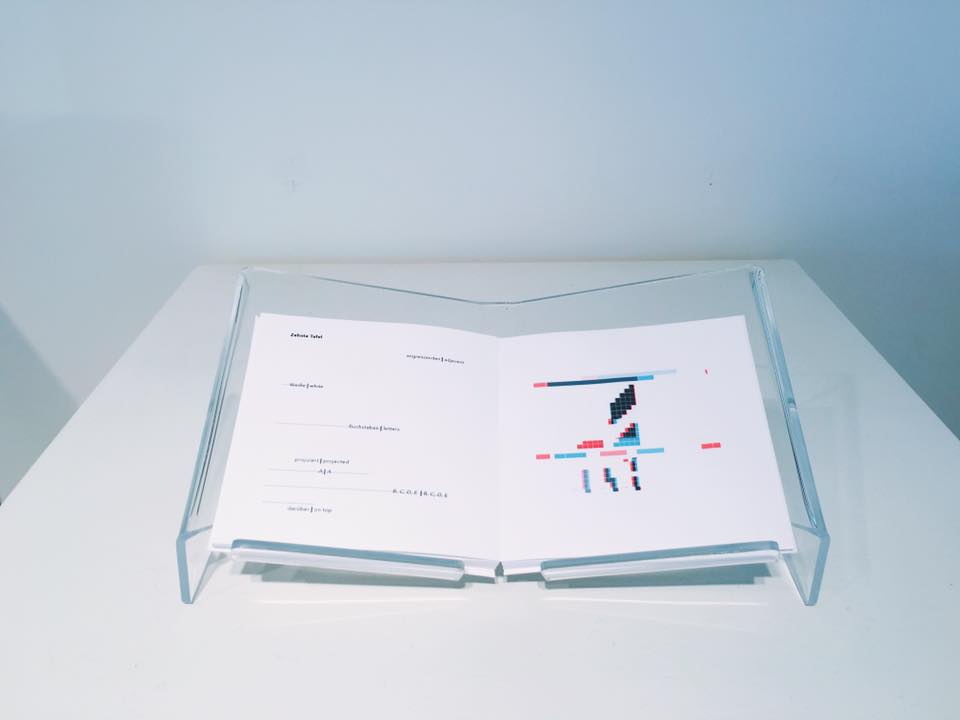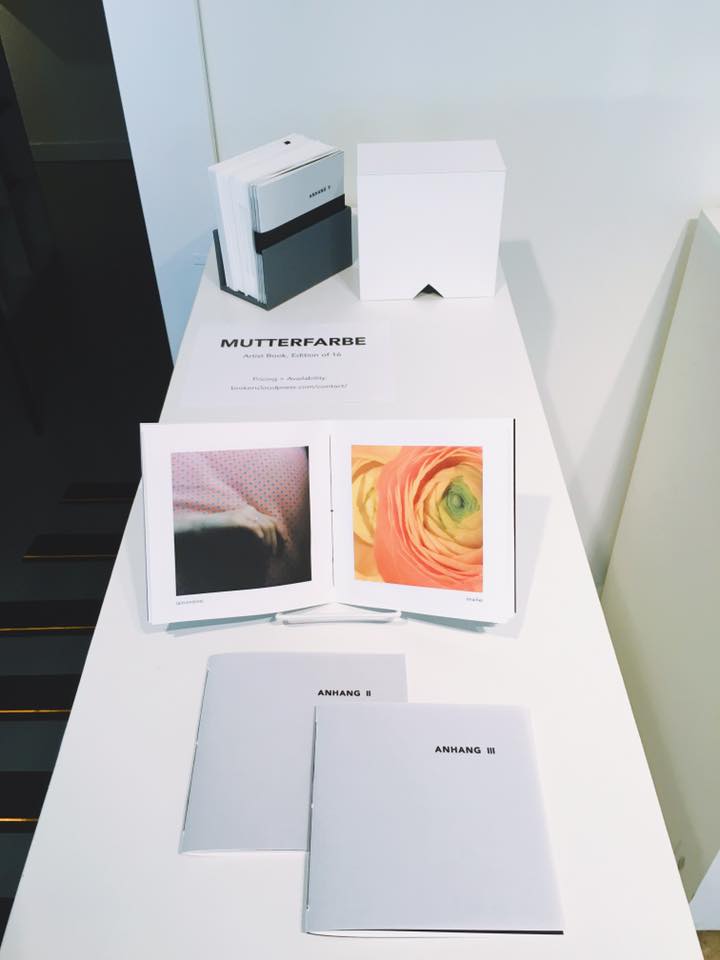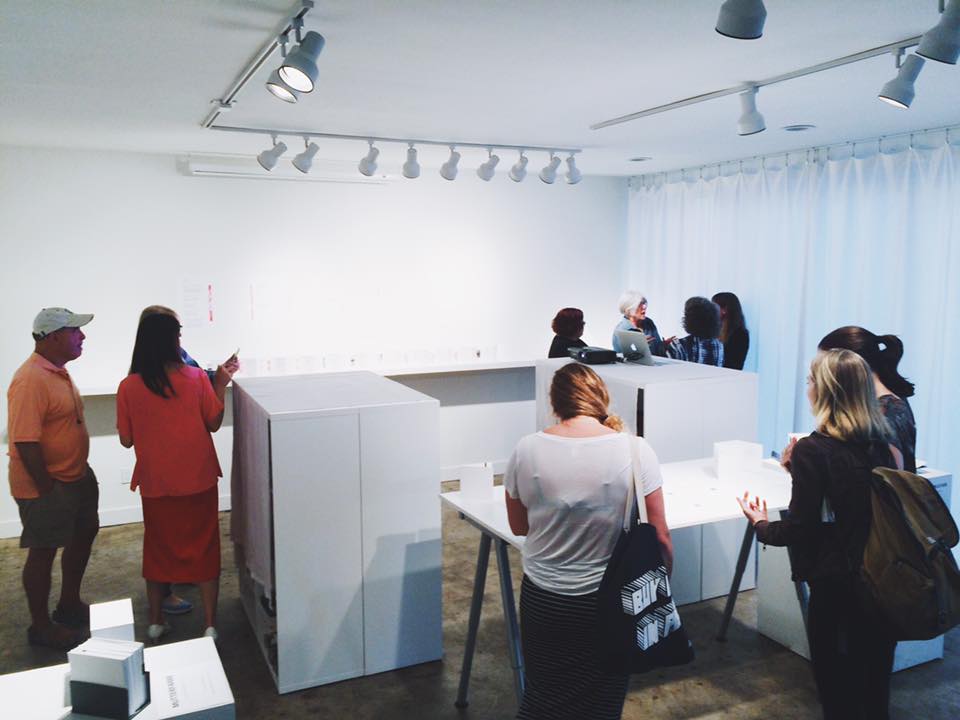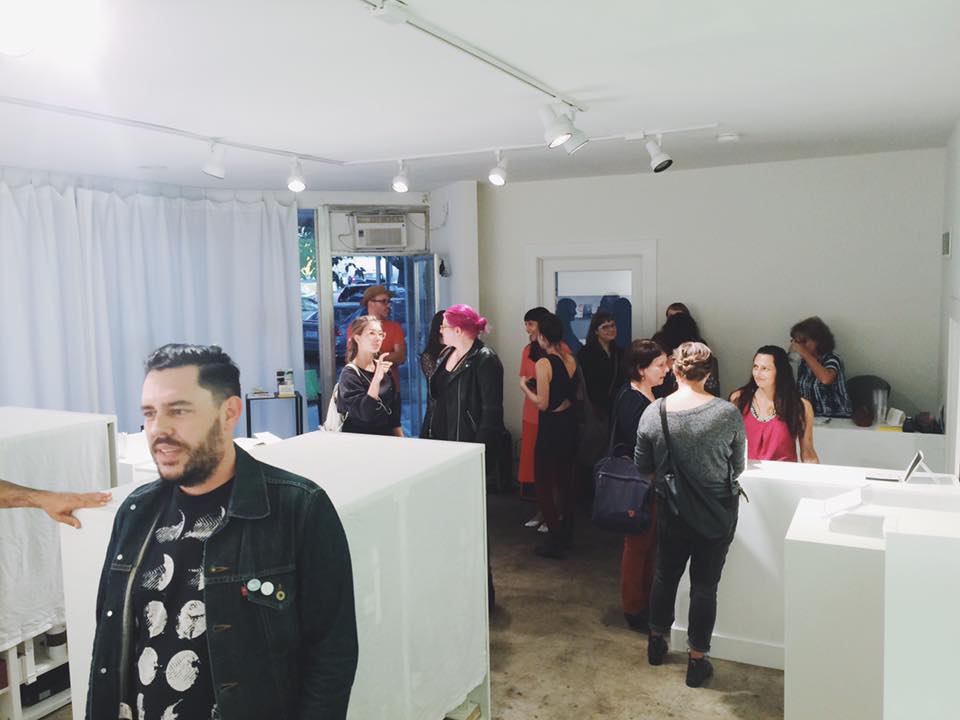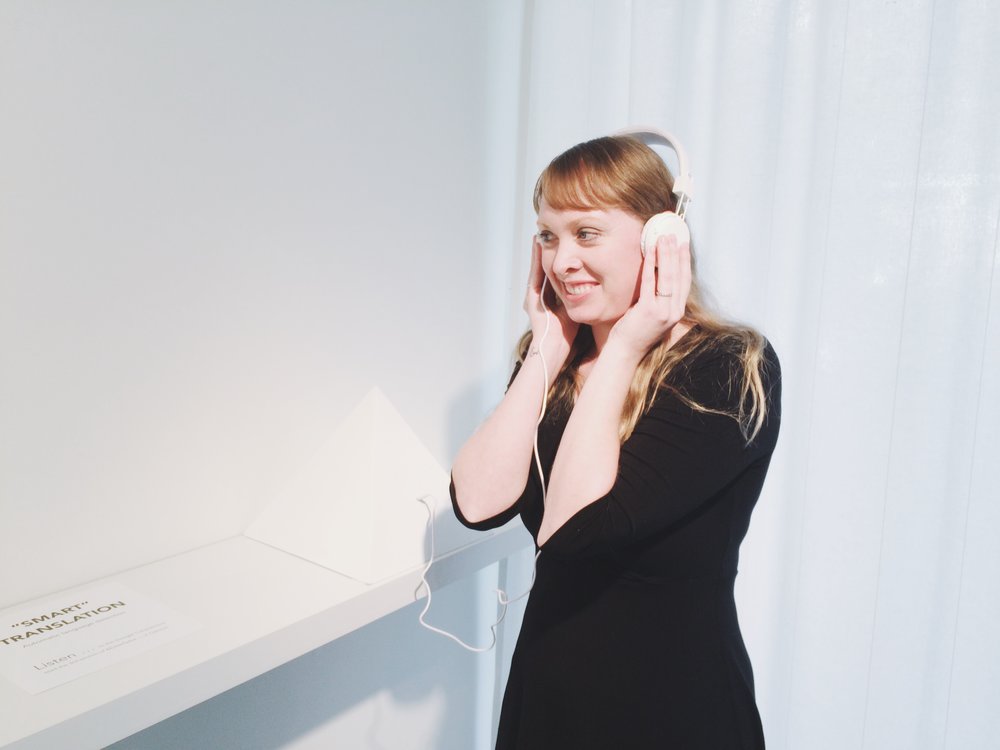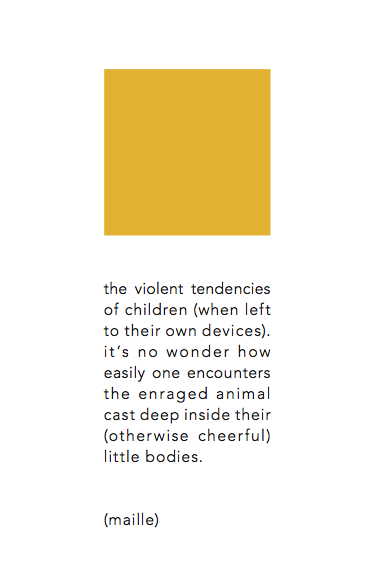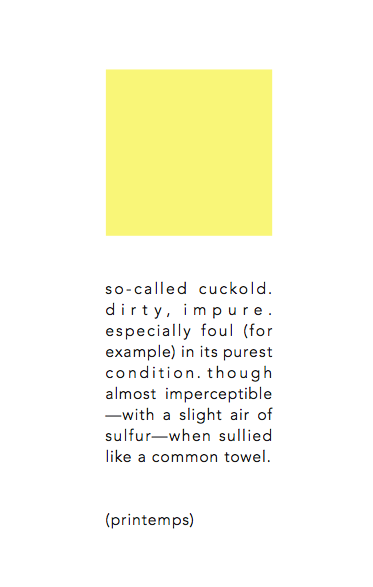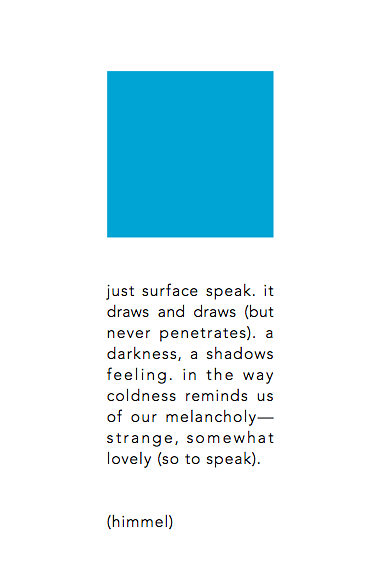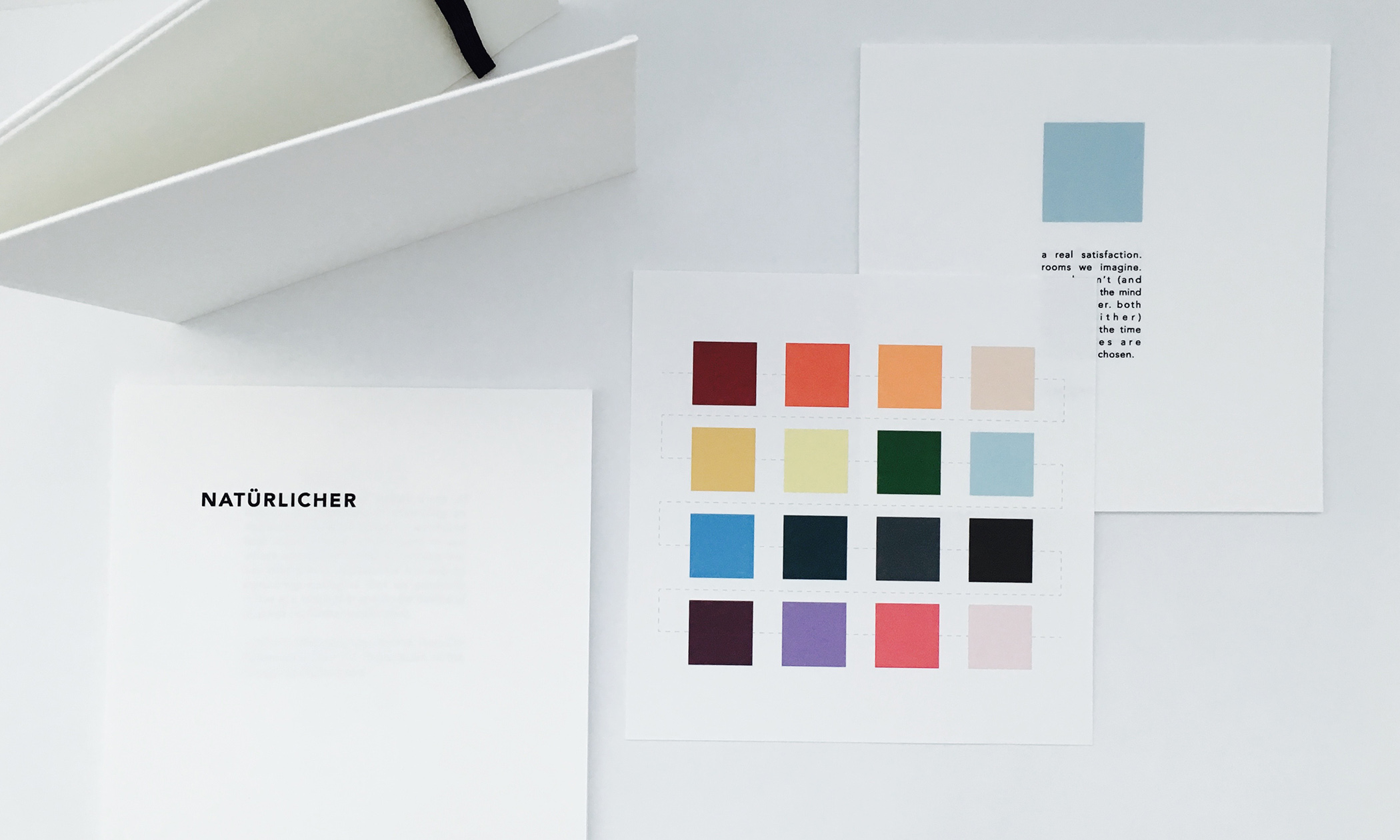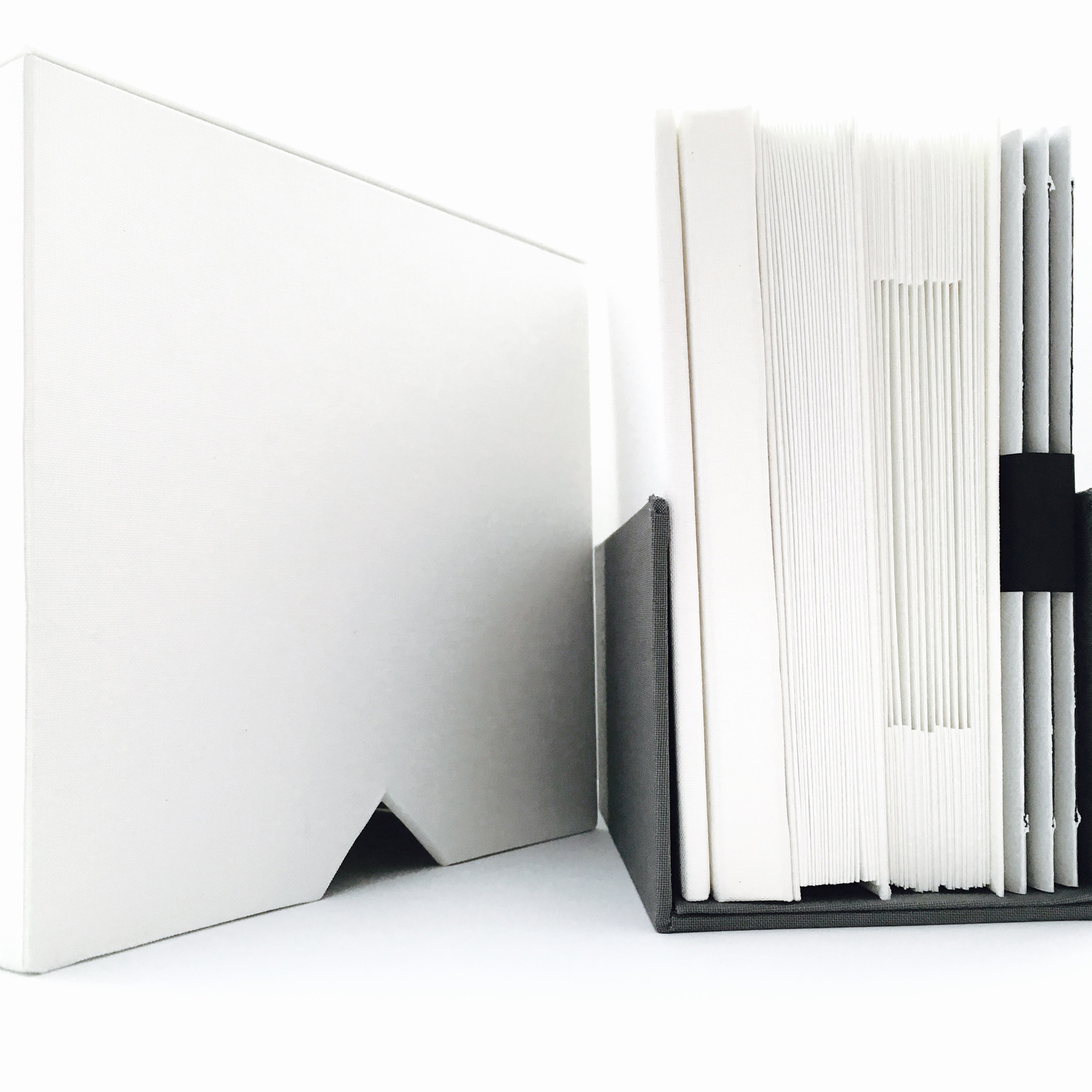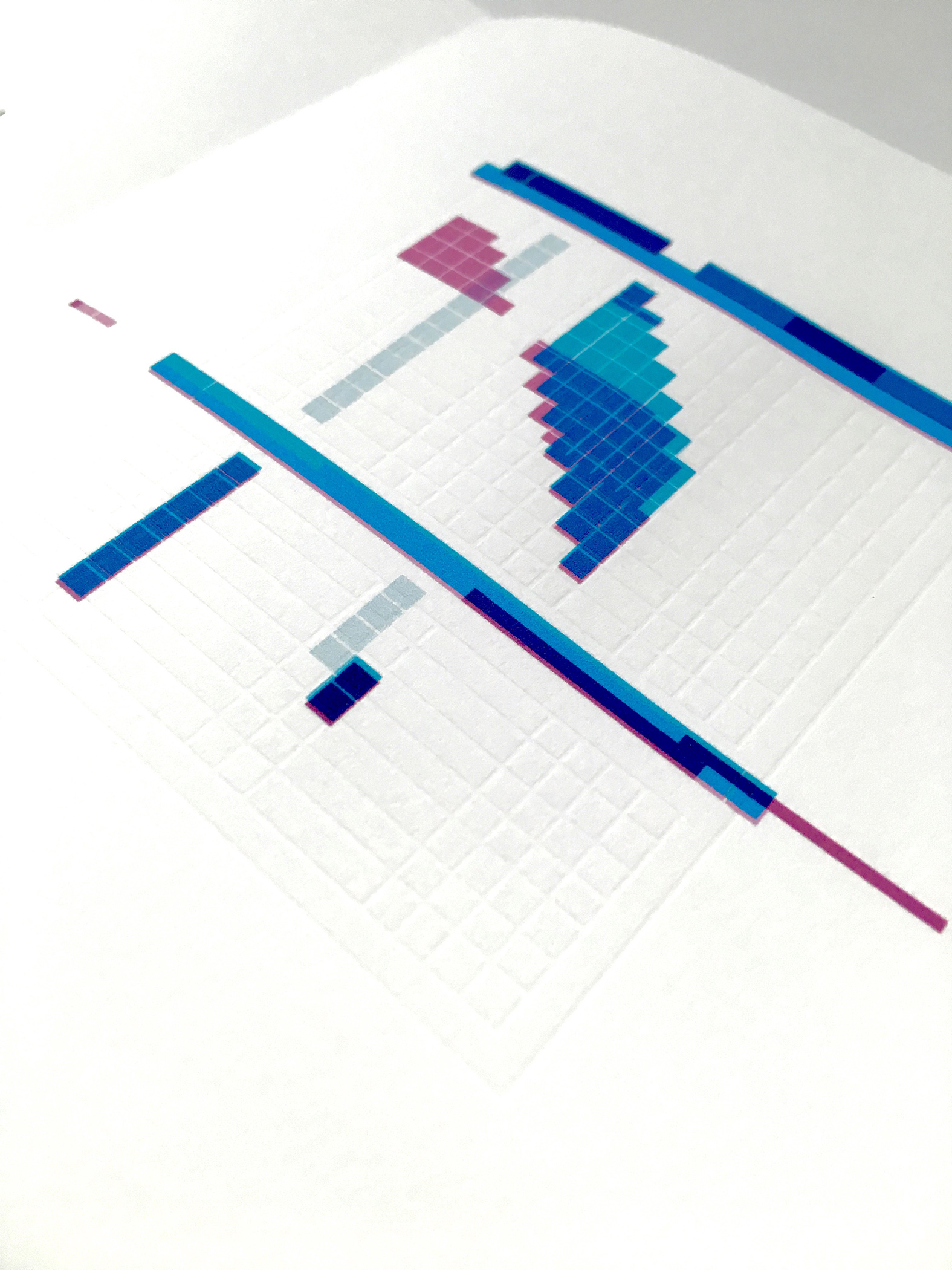MUTTERFARBE
Is a work of color theory, experimental text translations, photographs, and poems by Brandi Katherine Herrera, using Johann Wolfgang von Goethe’s Zur Farbenlehre (Theory of Colors, 1810) as a primary source.
Herrera translated sections of Goethe's text from German to English for the first time since Charles Eastlake’s 1840 edition, and interpreted the color of the landscapes she inhabited in the U.S. and France while she was an artist in residence at the Château de Monthelon. Here, the language of color has been transformed in order to provide fresh perspective on an archaic text, and allow Goethe’s words and experiments to reimagine themselves within a more contemporary conversation.
Mutterfarbe was first published in 2016, as a limited-edition artist book by Broken Cloud Press (Santa Fe, NM). This iteration also included illustrations and layout by book artist + designer Erin Mickelson. Through a join collaboration between Herrera and Mickelson, the artist book debuted as a multimedia installation at 23 Sandy Gallery (Portland, OR), which also featured a site-specific sound + video collaboration between Herrera and multidisciplinary artist Andrew Foster Glei.
Books from the limited edition are permanently held in the Seattle Art Museum's Dorothy Stimson Bullitt Library collection, Yale University's Faber Birren Collection of Books on Color, UCLA's Louise M. Darling Special Collections for Medicine and the Sciences, and Reed College's Special Collections & Archives. Mutterfarbe has been featured in the Seattle Art Museum, Poor Claudia, The Common, Womenspeak PDX, and the Scablands Lit series.
LIMITED-EDITION ARTIST BOOK SPECIFICATIONS
Section I—"Natürlicher" (vis-à-vis land, animal)—is comprised of color swatches (sourced from colors encountered in Herrera’s environment as she worked on her manuscript) and accompanying poems printed on loose pages held together in a folio.
Section II—"Ursprünglicher" (origins, experiments)—is comprised of erasure poems by Herrera and “visual translations” of Goethe’s original illustrations by Mickelson and includes drum leaf binding, glitch art, and blind impressions.
Section III—"Farbe Gespräch" (speaking of color)—is Herrera’s imagined text convo with Johann Wolfgang von Goethe using contemporary language and technology, while watching Jodorowsky’s iconic surrealist film The Holy Mountain and discussing the use of color therein. This section includes leporello binding and pop-up elements.
Front matter includes a lenticular print; each print is unique to that copy of the edition of 4.
Back matter (including translator’s note & color source photos, scans of the original erasures, and the translation) is bound in three pamphlet stitched books.
Archival pigment printing and blind impressions (letterpress) are used throughout. The same sixteen colors that appear in the first section of the book are carried throughout all three sections to maintain visual continuity and create a narrative arc through color.

